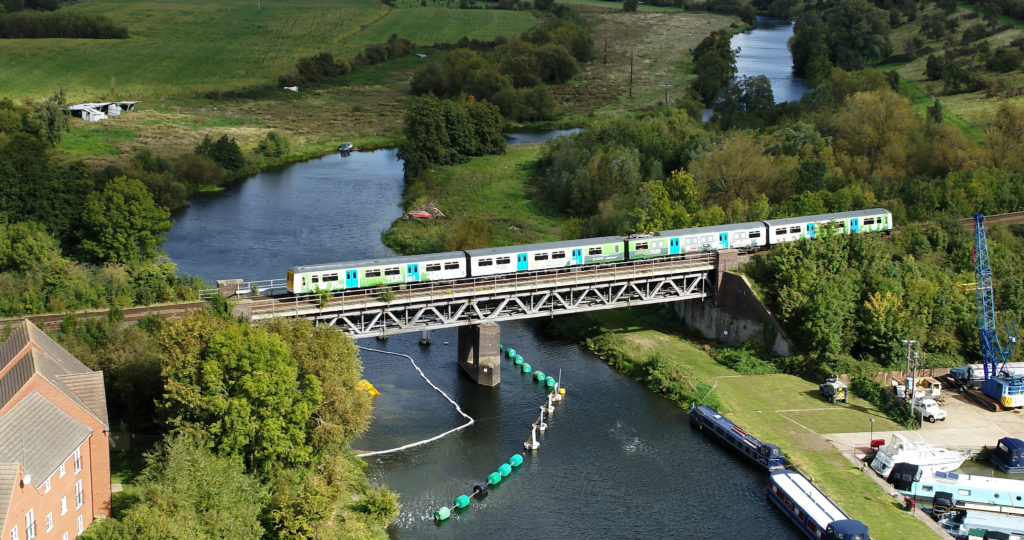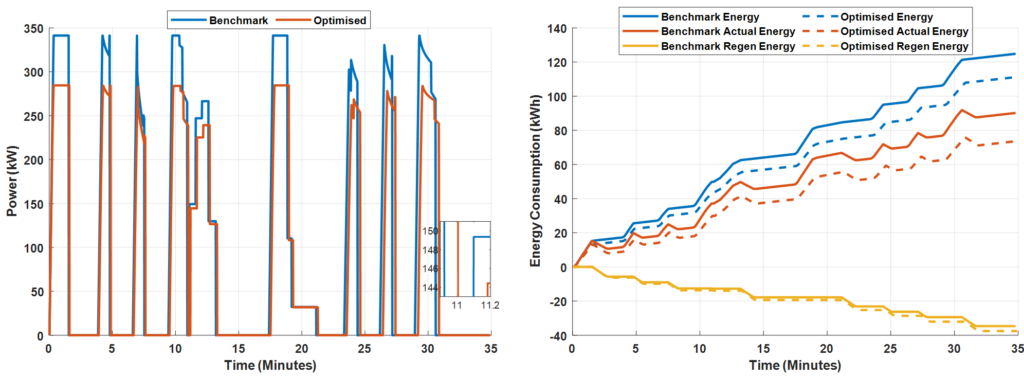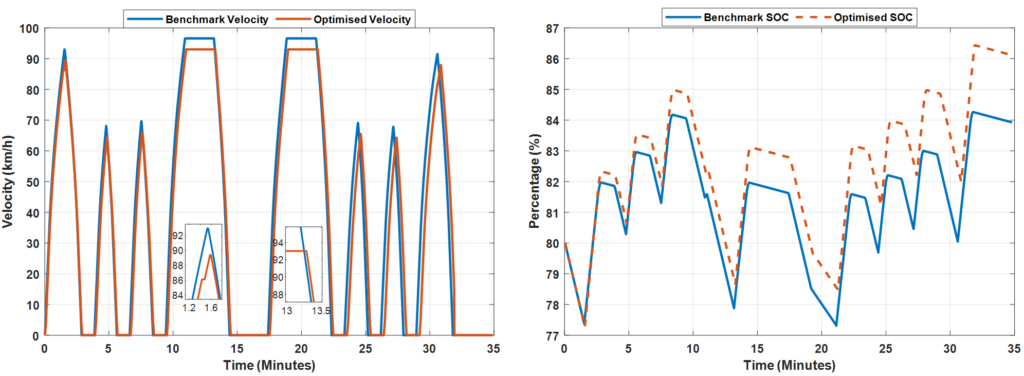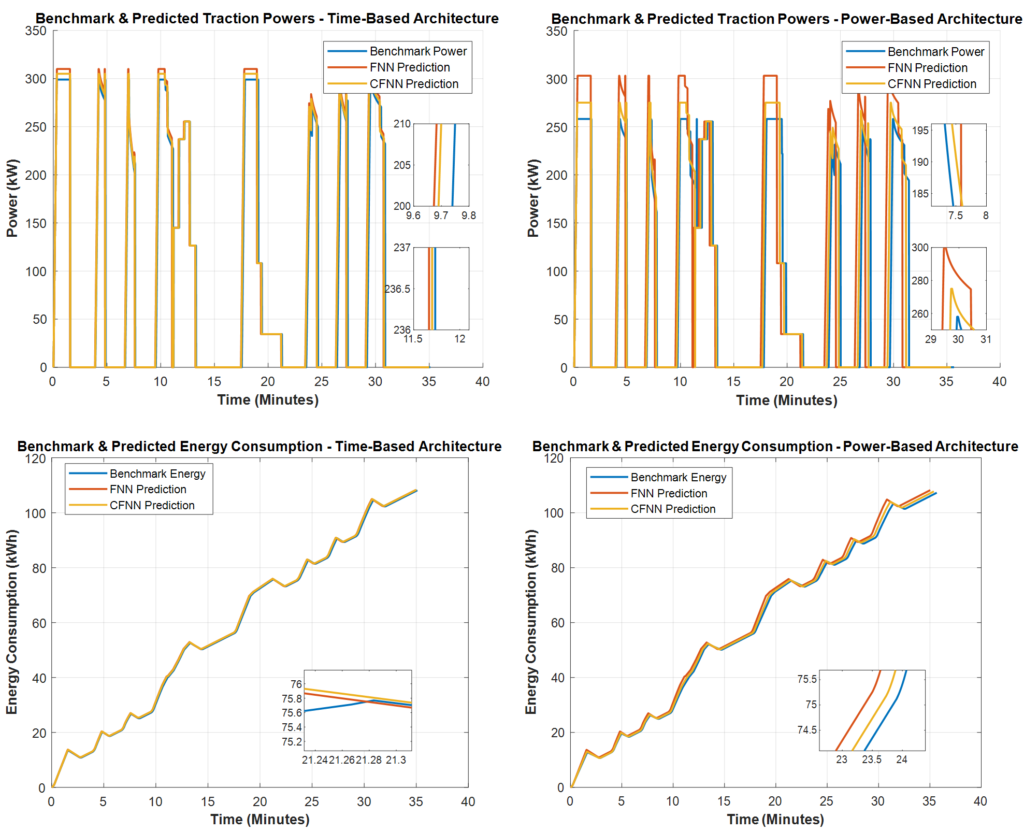By Tajud Din, Research Fellow in Hydrogen Traction.
Energy and environmental sustainability in urban rail transport have gained significant attention in recent years. The UK government has pledged to remove all diesel-only trains by 2040, with about 29% of the current train fleets running solely on diesel fuel. One option to achieve this ambitious goal is to replace diesel trains with hybrid trains. However, there needs to be more research evaluating the operational performance of hybrid trains on the same track.
Hybrid railway vehicles are a multidimensional issue that can be addressed by various aspects, such as hydrogen production, refuelling station infrastructure, propulsion system topology, power source sizing, and control. Evaluating and optimising these aspects is essential for adapting and commercialising hybrid railway vehicles. While hybrid railway vehicles have developed rapidly in recent years, there is always more room for perfection in their propulsion system design.

My research aims to optimise hybrid railway vehicles using conventional optimising techniques and machine learning. To achieve this, I developed a novel hybrid optimisation algorithm that considers global and local search, covering the weaknesses of one method with others and achieving an optimal solution. This algorithm utilises metaheuristics, dynamic and numerical optimisation techniques to solve the optimisation problem of hybrid railway vehicle traction systems.
The optimisation method uses a non-linear programming solver to solve the optimisation problem interpreted via a non-convex function combined with the “Mayfly algorithm”, an efficient evolutionary algorithm. The algorithm optimises the complete trajectory of the hybrid train, minimising the traction energy while using limited power to avoid unnecessary load on power sources, thus ensuring the prolonged life of power sources. The hybrid algorithm considers global constraints of the benchmark trajectory, such as velocity, acceleration, traction forces, distance, time, power, and energy, to solve the optimisation problem of hybrid railway vehicles.


One critical aspect of hybrid railway vehicles’ performance is trajectory prediction. To this end, I developed and validated two artificial neural networks (ANN) models designed in time and power-based architectures capable of accurately and efficiently predicting the hybrid train’s variable trajectory output parameters and static characteristics. The proposed ANN model consists of two sub-neural network topologies, i.e. feedforward and cascade forward neural networks, each capable of individually predicting the desired optimal outputs of the hybrid train as a function of the main system parameters integrated with a grading table system.

Both ANN models were trained using a multitude of trajectories from multiple hybrid trains on a specific route obtained from a hybrid train simulator developed by the author. The results showed that the ANN can accurately predict the hybrid train’s variable trajectory output parameters and static characteristics, making optimising hybrid railway vehicle trajectories easier.

In conclusion, developing the hybrid optimisation algorithm and the ANN models can significantly aid the optimal design and operation of hybrid railway vehicles. The proposed methods can improve energy efficiency, reduce operational costs, and reduce carbon emissions. My research provides a basis for future research and commercialisation of hybrid railway vehicles, which can contribute to a more sustainable and environmentally friendly transportation system.
